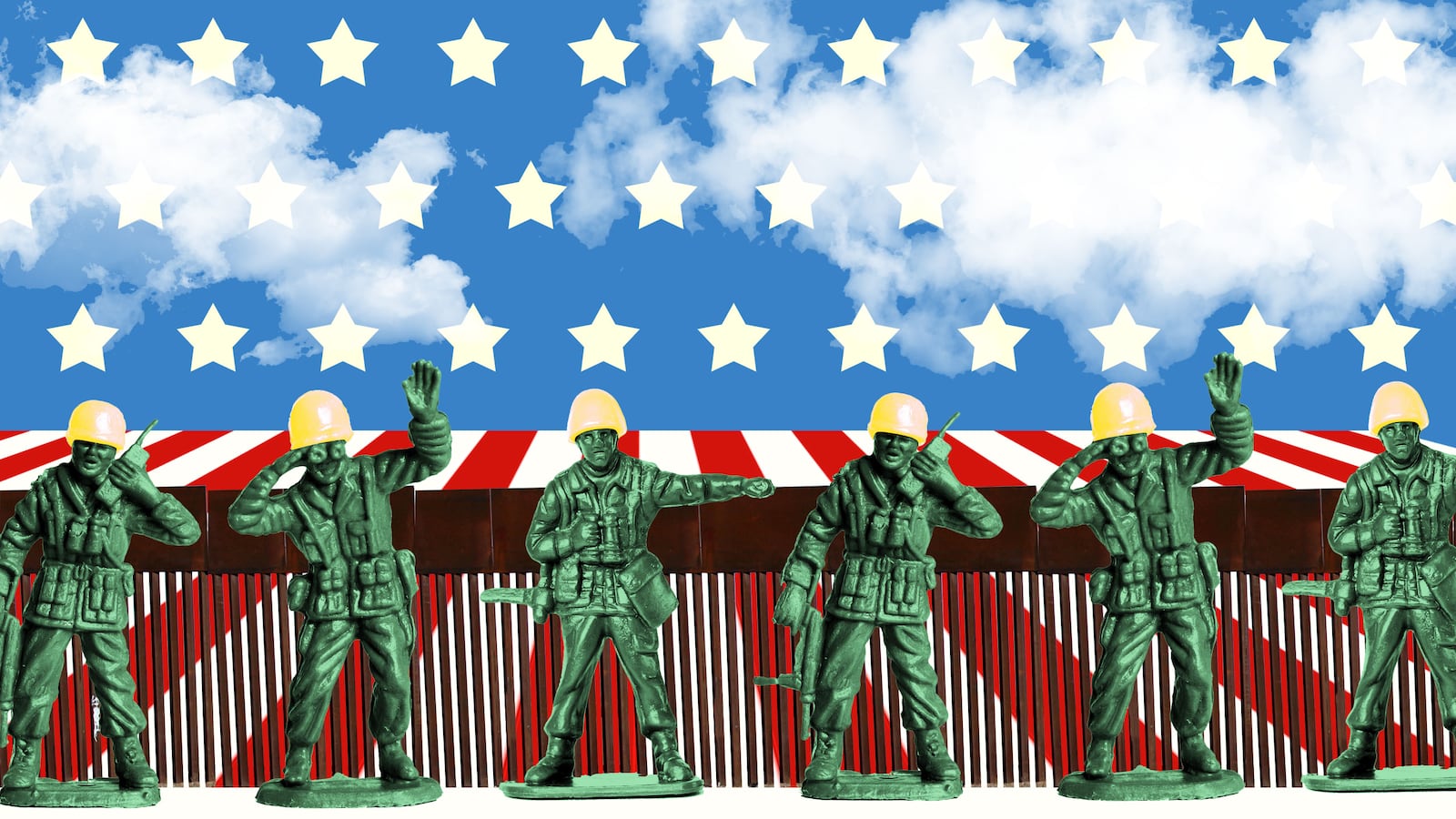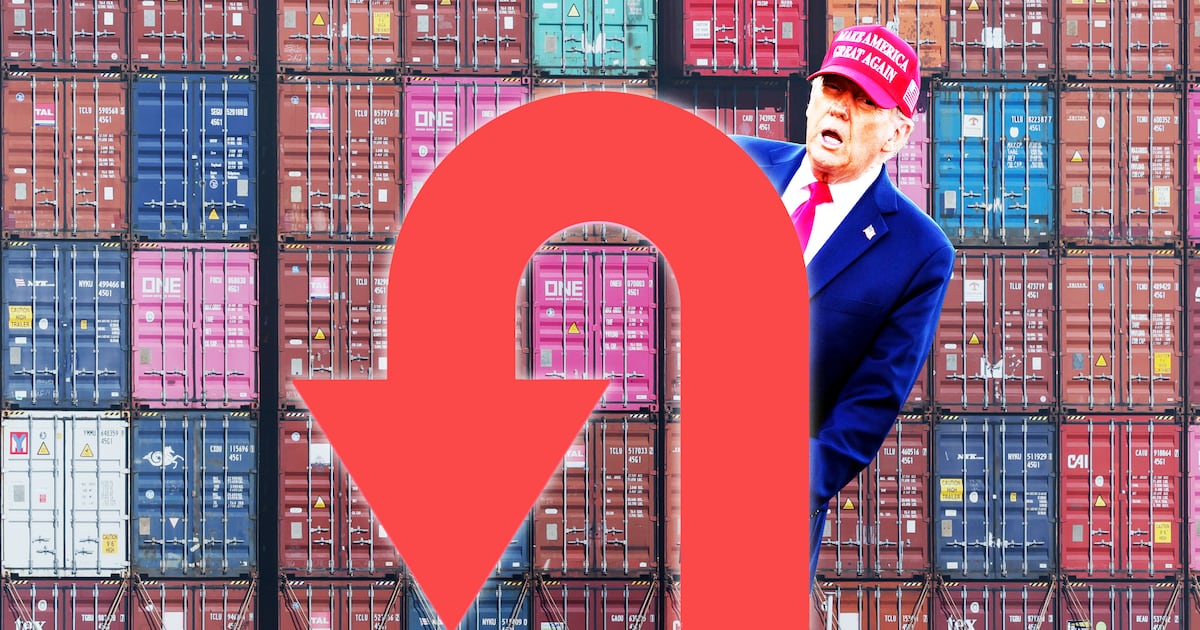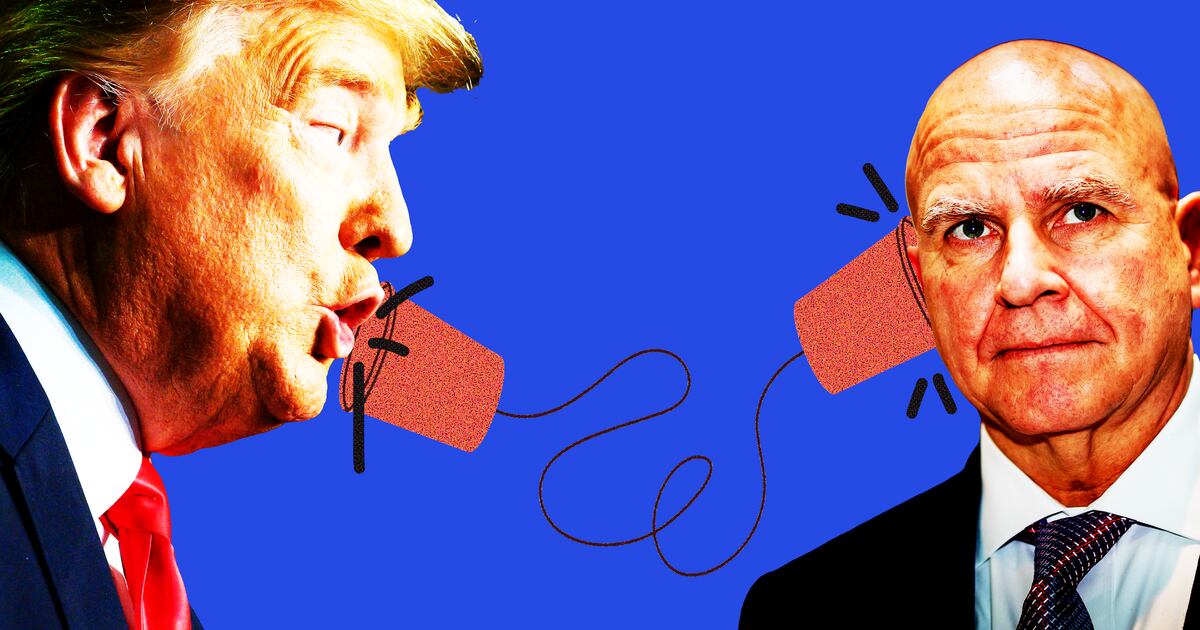DALLAS—President Trump said he will send National Guard troops to the southern border to stop immigrants from crossing. Yet his own administration quietly closed immigrant detention centers on the border because crossings are down sharply.
Two facilities were built in 2016 to deal with a surge in migrants who rushed to cross the U.S.-Mexico border before Trump became president, according to a Customs and Border Patrol Office of the Inspector General report released last October. That surge subsided and illegal border crossings subsequently dropped significantly, according to the report.
Homeland Security Secretary Kirstjen Nielsen, who oversees CBP, nevertheless announced the deployment of National Guard troops on Wednesday.
“The president has directed that the Department of Defense and the Department of Homeland Security work together with our governors to deploy the National Guard to our southwest border to assist the Border Patrol,” Nielsen said from the White House.
It wasn’t immediately clear why Trump wants to send National Guard troops to the border—although recent Fox News reports and his indignation on Twitter over a migrant “caravan” working its way through Mexico are one possible explanation—or how much it would cost. Equally unclear, said Alan Dicker, an El Paso-based immigrant advocate, is exactly what those troops will do when they arrive in Texas and other border states.
“There’s 16,000 Border Patrol agents already out here, and Texas already has National Guard troops out here along with the Texas Rangers enforcing Border Patrol. So what are more National Guard troops going to do? They’re going to sit around in cars like Border Patrol agents do and look around with binoculars,” Dicker said.
“I think it’s going to be mostly for show so that Trump can go on Fox News and say, ‘Look at what we’re doing to secure the border while the Democrats won’t give me money for the wall.’”
Crossings Crashed
While Trump and Nielsen say the need for border security is more urgent than ever, statistics from the federal agencies under their control don’t back them up. From October 2017 through February 2018, apprehensions at the border were down 27 percent from the same time period the year before, according to CBP.
That decline is why CBP closed two temporary holding centers in Texas after opening them just months prior.
In February 2017, CBP shuttered facilities in the far south Texas town of Donna and in Tornillo, near El Paso. The facilities opened four months earlier at a cost of at least $20 million, and could hold 1,000 people combined, according to the CBP Inspector General report. Both were meant to hold children who entered the country alone or with family members.
CBP closed the facilities because a surge in migrants in summer and fall of 2016 “abruptly, drastically and unexpectedly ended,” the OIG wrote in its October 2017 report. Migrants were apparently doing everything they could to enter the United States before Trump took office, fearing he would close the border.
“Regardless of the election’s outcome, there was a strong desire among migrants to arrive in the United States before the new president took office,” the OIG wrote in its report. “According to the witnesses, the migrants believed they might receive amnesty if Hillary Clinton took office or that the border would close under Donald Trump’s administration.”
Dicker, the immigration advocate, says the Tornillo facility did help to get migrants out of the holding cells at El Paso ports of entry where they often sat for weeks—despite Homeland Security directives stating cells could only be used for up to 48 hours.
“Starting in 2014 you started to get Central American migrants in massive numbers coming up and overwhelming the system, because the system was built for Mexicans, to just throw people back over the border,” Dicker said. “I do think that on the ground at the border there definitely was the capacity issue. At that point in 2016 when Tornillo opened, I don’t think that anybody knew well how long is this gonna last.”
Hindrance or Help?
It’s unclear how many troops Trump might deploy, how long they might stay, and what exactly they will be doing.
While it’s illegal for active-duty U.S. military forces to act in a law-enforcement capacity on American soil, National Guard troops can, under certain circumstances, enforce domestic law.
The Posse Comitatus Act of 1878 bars federal troops from domestic law-enforcement, but the same act exempts the National Guard, which normally falls under the authority of governors.
“I don’t want to get ahead of the governors,” Nielsen said. “This is a partnership with them.”
While Republican governors in Texas, Arizona, and New Mexico are likely to sign off on deployments, California Gov. Jerry Brown, a Democrat, may not.
Over the past decade, the National Guard has deployed twice to support the DHS at the border. A two-year deployment by President Bush saw 6,000 Guard personnel provide aviation, engineering, and surveillance support to DHS. It helped apprehend 186,814 undocumented immigrants, according to the Government Accountability Office. A one-year deployment by President Obama saw 1,200 Guard personnel sent to the border to mostly assist with surveillance and command and control.
The GAO estimated that both deployments cost $1.35 billion, combined. The watchdog agency cautioned against heavy reliance on the Guard for border security because personnel on the border aren’t available for other, more urgent missions such as overseas combat operations and disaster-response. The GAO also found that temporary, ad hoc military deployments hinder consistent, long-term planning for border security.






